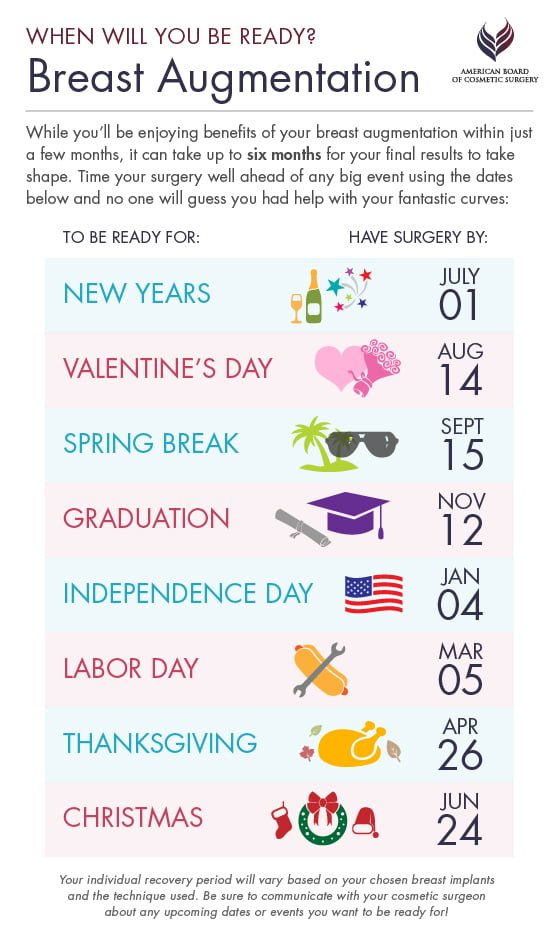Hormone acne is defined by blocked pores and oily skin that generally appears on the chin and jawline. It takes place when hormonal changes cause swelling and microbial overgrowth within hair follicles.
Breakouts may appear as whiteheads, blackheads, papules or pustules and cysts or nodules in much more serious situations. It is a lot more usual in teenagers going through the age of puberty but can affect adults of any type of age.
What Triggers Hormone Acne?
While acne can be triggered by a range of aspects, consisting of making use of hair and skin treatment items that aren't oil-free or made with ingredients that could clog pores, hereditary predisposition, diet regimen,2 and stress, the root cause is fluctuating hormonal agents. Hormone acne occurs when the body experiences hormonal changes and fluctuations that bring about an overproduction of sebum, which triggers inflammation, increased growth of microorganisms and adjustments in skin cell task.
Hormonal acne is typically located on the reduced jawline, cheeks and neck however can appear anywhere on the body. It is defined by blemishes that are cystic, unpleasant and filled with pus or other product. It is additionally more probable to happen in ladies than men, especially during puberty, the menstruation, maternity or menopause.
Age
While lots of youngsters experience acne at some point during the age of puberty, it can remain to pester grownups well into their adult years. Referred to as hormonal acne, this form of outbreak is linked to changes in hormones and is usually most typical in ladies.
Hormonal acne takes place when oil glands generate way too much sebum, which obstructs pores and catches dead skin cells. This brings about the development of acnes, such as whiteheads, blackheads and papules, pustules, cysts or nodules, deep under the surface.
This sort of imperfection commonly causes pain, soreness and swelling. It may additionally be intermittent and appear around the same time every month, such as right prior to your period starts. This is due to the fact that degrees of female hormones like progesterone and oestrogen rise and fall with each menstruation.
Menstrual Cycle
Hormone acne normally appears in the lower part of your face, along the jawline and cheeks, as whiteheads, blackheads or inflammatory acnes (pimples and cysts). It's most likely to show up around the time when your menstrual cycle adjustments.
Particularly around ovulation, when estrogen and progesterone levels get on the increase, hormone variations can trigger breakouts. Yet it's likewise possible to obtain acne at any kind of point during your 28-day menstruation.
If you notice that your hormone acne flares up right before your duration, try seeing when precisely this happens and see if it connects to the stages of your 28-day menstrual cycle. This will certainly assist you pinpoint the origin of your skin difficulties. For example, you might wish to work on stabilizing your blood glucose and cutting out high-sugar foods, or take into consideration a prescription medicine like spironolactone that can regulate your hormonal agents.
Pregnancy
Expanding a baby is a time of significant hormonal adjustments. For lots of women, this consists of a flare-up of hormonal acne. This sort of outbreak typically starts in the very first trimester, around week 6. It's triggered by hormone rises that stimulate sweat glands to make more oil, which can obstruct massage pores and cause even more bacteria to accumulate.
Breakouts might also happen as a result of pre-existing conditions like polycystic ovary disorder, which can also be a problem during pregnancy and menopause. Additionally, some types of contraceptive pill (such as Ortho Tri-Cyclen and YAZ) can trigger hormone acne in some women.
Luckily, most acne therapies are "no-go" for pregnant females (including prominent acne-fighting active ingredients such as isotretinoin and spironolactone). However if you can not avoid those frustrating bumps, your doctor might prescribe oral erythromycin or cephalexin, which are secure during pregnancy.
Menopause
As ladies approach menopause, the estrogen levels that created their hormone acne to flare throughout puberty start to stabilize and reduce. At the same time, nonetheless, a spike in androgens (also referred to as male hormones) happens due to the fact that these hormones can not be exchanged estrogen as successfully as in the past.
The excess of androgens can activate oil production by the sebaceous glands, which obstructs pores. When the blocked pores come to be inflamed and inflamed, an acne forms.
Hormonal acne is typically seen on the face, especially around the chin and jawline, yet it can occur on the neck, back, shoulders, or breast. This sort of acne often tends to flare up in an intermittent pattern, comparable to the menstrual cycle. Tension, which boosts cortisol and tosses hormones out of balance, likewise adds to the breakouts.
